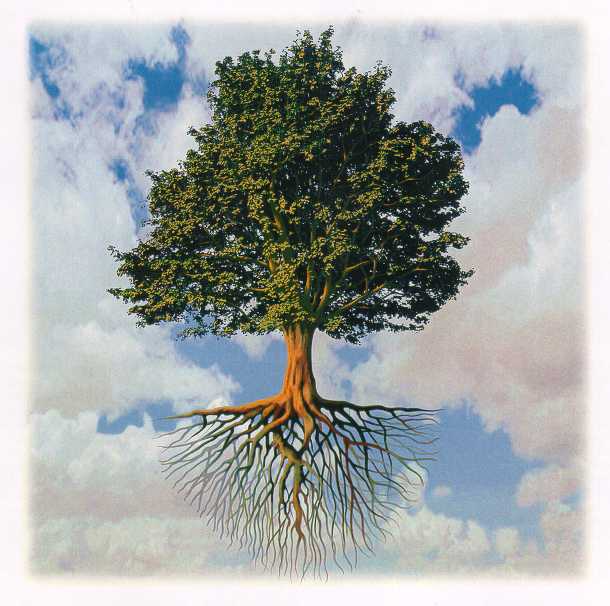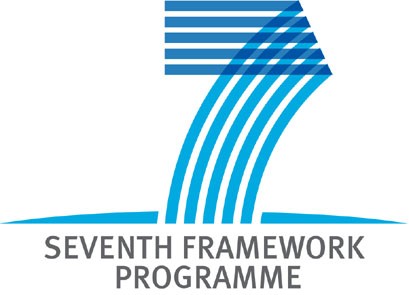“Excuse me, where is the toilet?”

A water and sanitation map of Kibera annotated by the Kibera community.
Some week ago, i signaled the short-lived attempts of crowd-mapping illegal waste dumps in Naples, Italy: it was an example of how political and media hype does not necessarily help in raising the environmental awareness of a community. Instead, individual commitment can do much more. It is shown by two projects carried on in the suburbs of Nairobi, Kenya, where Primoz Kovacic is trying to construct the maps of Kibera and Mathare slums. In particular, the “Map Kibera” and “Map Mathare” teams are collecting data about open drainages, waste dumps, water points in these two slums, since these are the worst health threats for the population. But there is also some good news: for example, 90% of the public toilets in Mathare slum are operational – you would not get the same score in Naples, i presume.
The two projects are not entirely based on crowdmapping, but leverage the community knowledge to gather data and check and improve the accuracy of the maps, which can be seen in the project blog. Kovacic, however, is not building a city guide for tourists looking for toilets. Instead, he believes that “mapping Drainage Is The 1st Step To Improve Public Health In Urban Slums”.
But how can maps improve the living conditions of a community? As Kovacic writes in a post for the SustainableCitiesCollective blog,
Just knowing and understanding the situation will not make it better. This means that our process cannot end with mapping, but will take the map and the information we collect a step further to actually make the information useful and create an impact. The next step is bringing together community members, stakeholders, NGOs, local administration and government representatives and expose the problem with a method I like to call: “A punch in the face” – where we present the problem, with maps and other media, in all its vastness, and hopefully get some heads thinking and acting upon the information which is presented. The map lets stakeholders present problems to responsible actors in a comprehensive and difficult to ignore manner, making the issues more concrete than just words by providing detailed geographical representations of their scope and characteristics [read more on the SustainableCitiesCollective blog]
Events
- 16 Feb 12 - London - The Second London Citizen Cyberscience Summit
- 9 Jun 12 - Roma - SeGiochiFaiScienza
- 29 Oct 12 - Bologna - Smart City Exhibition
- 20 Mar 13 - Kassel - EveryAware Meeting - Kassel, 20-22th March 2013
Recent Comments
- Tania Hayes on Documentation for Air Ambassadors
- p.gravino on Air-quality
- latha bhaskaran on Air-quality
- alfred on Air-quality
- Jessica_P on EveryAware at CeBIT 2014
Tag Cloud
AirProbe International Challenge APIC Antwerp APIC Kassel APIC London APIC Turin awareness brussels CeBIT citizen science crowdsourcing crowdsourcing data validation environment EU events everyaware extreme citizen science fair Fukushima games geographical information geospatial information Germany Google Hannover health indignad@s internet internet and societies Marian Steinbach mobility muki haklay naples nuclear energy occupywallst openstreetmap opinion dynamics opinions paradiso participatory sensing press release publication publications radioactivity societies state of the map sustainability swiftriver UCL Uncategorized ushahidi waste webCategories







